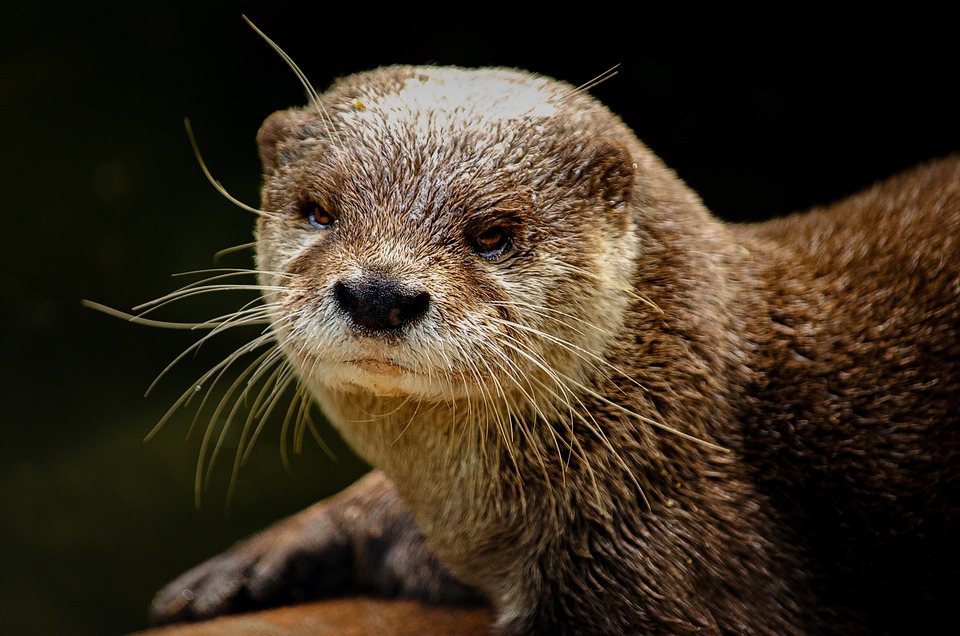Establishing and maintaining a thriving reef tank with coral species can be a rewarding and fulfilling experience for any aquarium enthusiast. Corals play a crucial role in the health and biodiversity of a reef tank, as they provide shelter and food for many other marine organisms. In order to ensure the success of your reef tank, it is important to understand the symbiotic relationship between corals and other marine life, as well as the role of proper care and maintenance.
The first step in setting up a reef tank is choosing the right tank size and location. Larger tanks are generally easier to maintain and provide a more stable environment for corals. It is also important to select appropriate equipment and filtration systems that can provide the necessary water flow and stability. Additionally, setting up the ideal lighting conditions for coral growth is crucial, as corals rely on photosynthesis to obtain energy.
When selecting coral species for your tank, it is important to conduct thorough research and understand the specific needs and compatibility of different species. Some corals require higher light levels, while others may prefer lower light levels. It is also important to consider the compatibility of coral species with other tank inhabitants, such as fish and invertebrates, to prevent aggression or competition for resources.
Maintaining proper water quality and parameters is essential for the health of corals. This includes maintaining proper water temperature and salinity levels, as well as understanding the importance of water chemistry and regularly testing water parameters. Monitoring and adjusting water parameters, such as pH, alkalinity, and nutrient levels, will help ensure the optimal growth and health of corals.
Providing adequate nutrition is also crucial for the well-being of corals. While corals obtain a majority of their energy through photosynthesis, they also require additional nutrients. Supplementing with liquid or powdered coral foods can help meet the nutritional needs of corals. Implementing a feeding schedule and observing the response of corals to different foods will help determine the optimal feeding routine.
Maintaining optimal flow and water movement in the tank is important for the health of corals, as it helps simulate natural ocean conditions. Choosing appropriate powerheads and pumps for water circulation, as well as creating a turbulent flow, will help prevent sediment buildup and ensure proper oxygenation. Regularly cleaning and maintaining equipment, such as powerheads and pumps, is also important to prevent debris buildup and malfunctions.
Proper coral placement and aquascaping are crucial for the overall aesthetics and health of a reef tank. Planning a visually appealing layout that takes into consideration the lighting requirements and growth patterns of corals will help create a harmonious environment. Regularly pruning and rearranging corals will prevent overcrowding and shading, allowing each coral to receive adequate light and space for growth.
Regular maintenance and care are essential for the long-term success of a reef tank with coral species. Conducting regular water changes to maintain water quality, cleaning and maintaining equipment to prevent malfunctions, and monitoring coral health are all important tasks. Addressing any issues promptly, such as signs of coral stress or illness, will help prevent further complications and ensure the health of the entire tank.
In conclusion, establishing and maintaining a thriving reef tank with coral species requires careful planning, research, and consistent care. By understanding the needs of coral species and providing optimal conditions, you can create a vibrant and healthy underwater ecosystem. Regular monitoring, maintenance, and addressing any issues promptly will help ensure the long-term success of your reef tank. So, dive in and create your own stunning underwater paradise!









